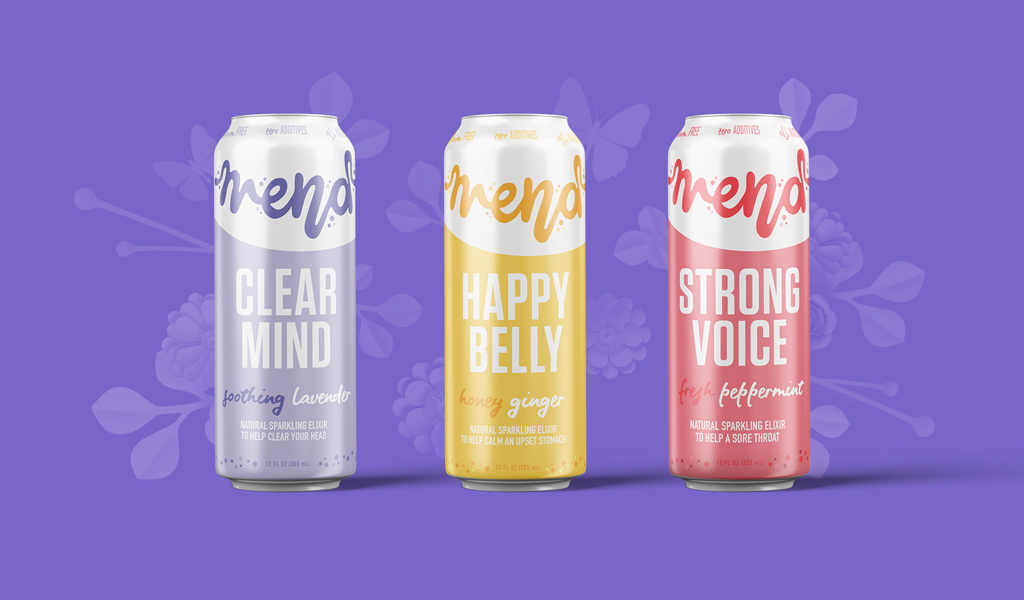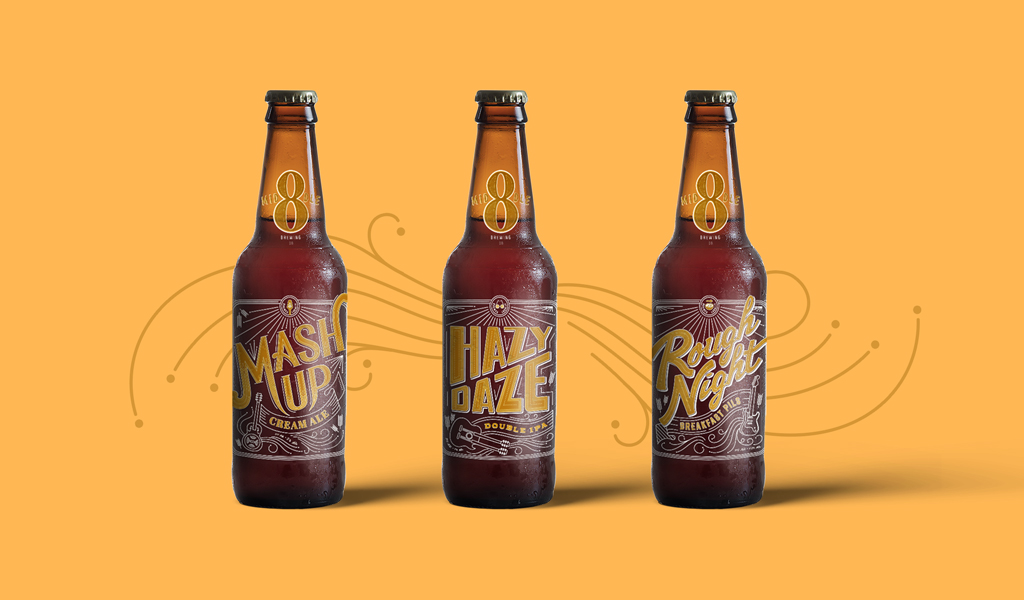If you were walking into a job interview, how would you start the conversation? With your name, of course. Everything you say next becomes a sales pitch, your name now representing all of the good (or bad) things about you.
Product names—similar to the names given to us at birth—contribute to how we perceive what’s inside the package. It’s an important factor for any business as they enter the branding or rebranding process, or prepare to launch a new food & beverage product line.
But how do you choose a food & beverage product name that sells? And once you have it, how do you know if it’ll be successful?
At first, these questions can be intimidating, until you have all the right context. So, to better understand the nuances of naming a product, let’s start with the basics.
Why is product naming important?
Your product’s name serves two primary purposes: 1.) It helps sell the product to potential buyers who want a specific benefit or experience, and 2.) It contributes to your brand’s overall perception.
When well conceived, a product name can both help increase sales and brand loyalty. When ill conceived, it can have the opposite effect.
For a good example, we don’t have to look any farther than the name our parents gave us when we were born.
Let’s say you’re on a date, and the person facing across from you at the dinner table had their heart broken recently by someone with the same name as you. Fair or not, you’ll need to fight that battle to win their trust back right from the get-go. Names are inextricably linked to memory and perception.
Consider Apple’s name to Microsoft’s, as a more tangible comparison. Both of these companies build similar products and each market to the same audiences, yet we are able to easily distinguish one from the other. Apple positions itself as the simpler, more accessible option, the opposite of Microsoft’s tech-heavy focus. Their names reinforce these reputations, which positions them uniquely amongst the competition. Many have attributed Apple’s unique nomenclature, alongside its simple and clean brand aesthetic, to Apple’s dominant performance among the average consumer.
A solid name isn’t the only determining factor behind a product’s success, but it certainly can influence it.
What makes a “good” product name?
Branding is a process that carefully balances that fine line between art and science. Naming a product is no different. When determining whether or not a name is “good,” the way in which we evaluate a name needs to be purely objective, and the units of measurement need to be as clear as possible.
When we consider what makes a product or name truly viable, we believe it should check-off as many of the following five criteria as possible: It should be meaningful, strategic, ownable, articulable, and memorable.
- Meaningful – What is the story behind the name? Is it rich in significance, or was it plucked from a quick Google search? Often, product names with a compelling narrative tied to them are more appealing to buyers.
- Strategic – Your food & beverage product name should have a strategic backbone that considers its primary buyer segments. It should try to appeal to those demographics explicitly.
- Ownable – Choosing a name that you can own helps consumers differentiate between your products and your competitors’.
- Articulable – Simply put, your name should be easy to say and spell.
- Memorable – Product names that are tied to pre-existing memories we all share (take for example Sam Adams summer ale named “Porch Rocker”) tend to be stickier in the minds of consumers.
Ultimately, what makes a name effective is how it fits into our audiences’ collective memory.
Much like a logo, a name will never—and I repeat, never—single-handedly cause someone to purchase a product, but it can influence the decision. That’s why it’s important to start from a solid foundation.
What does a successful naming process look like?
If there are a million ways to skin a cat, there are at least a million and one ways to name a product. Much of this process can differ based on how many stakeholders will be involved in the naming process, or whether you are naming a new product or renaming an existing one.
Regardless, experience has taught us that following a process is key. And perhaps, more importantly, standing by that process is the best tool for a successful outcome.
Here are our general guidelines:
- Create a naming brief – This concise and to-the-point strategic statement sets the tone for the upcoming process. It should be followed when completing the various exercises and brainstorms, and used as a benchmark for whether a name idea is “on strategy.” Here’s a short example for a new green juice product: The name should appeal to young millennials’ goals of staying healthy on-the-go while aligning with our brand’s whimsical yet professional personality.
- Large stakeholder brainstorm – Begin your ideation portion of the product naming process with a larger group of internal stakeholders or team members. The more name options the better. The goal is to produce as many options as you can that fit within the criteria defined by the naming brief. Refining these options comes later. Ideas get better with time, so don’t expect to emerge with the perfect name after the first brainstorm.
- Small stakeholder brainstorm – With a more focused group of stakeholders, work as a team to consolidate the list to around 30-40 options. If you start to see any clear trends, it would be a smart idea to get a jump start on some preliminary research to identify any similar names used by your competition.
- Final group brainstorm and research – After some time has passed and the smaller stakeholder group has had the space to marinate on these ideas, it’s time to shorten the list down to a final four or five options. This marks a crucial time to do some more in-depth research so you are not anticipating to move forward with a name that is dead in the water.
- Preliminary consumer survey — With the bulk of the heavy lifting done, we often find it beneficial to open up this portion of the process to potential consumers to hear their feedback. Solicit feedback from buyers in your target demographic using a survey that includes multiple choice and open-ended questions about the name options you’ve selected.
If all goes smoothly, your new product name will narrow into view. It’s a sign of hope, promise and excitement that you have just given shape to a new product name that people will soon think about with as much enthusiasm as the people who created it.
And what’s not to be excited about? You’re naming a product—and taking a leap toward an important new beginning.



